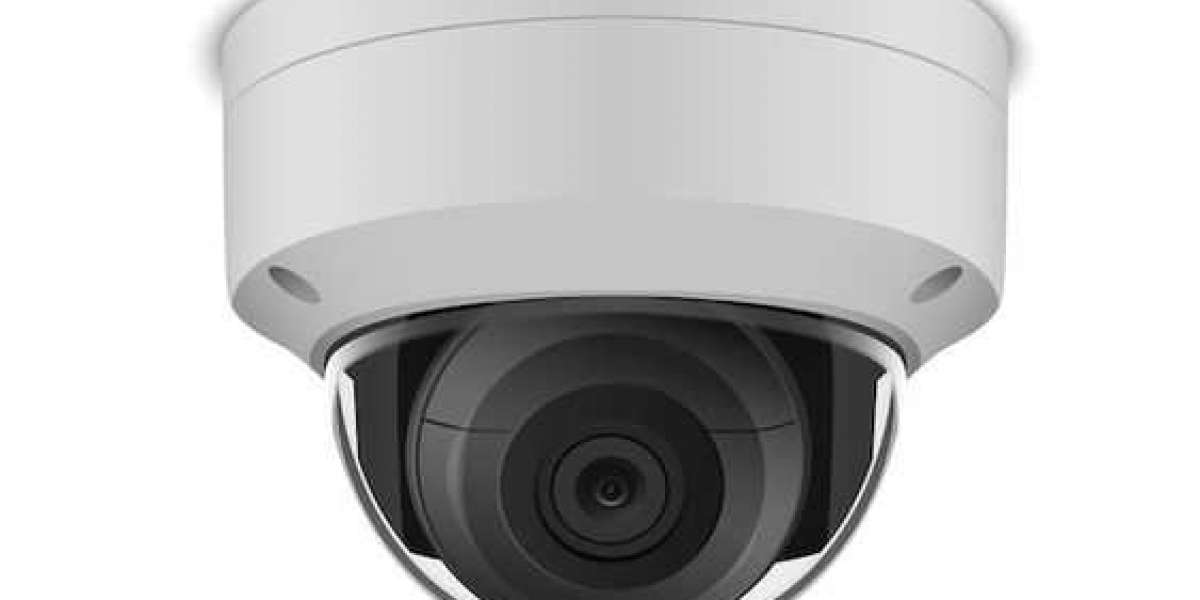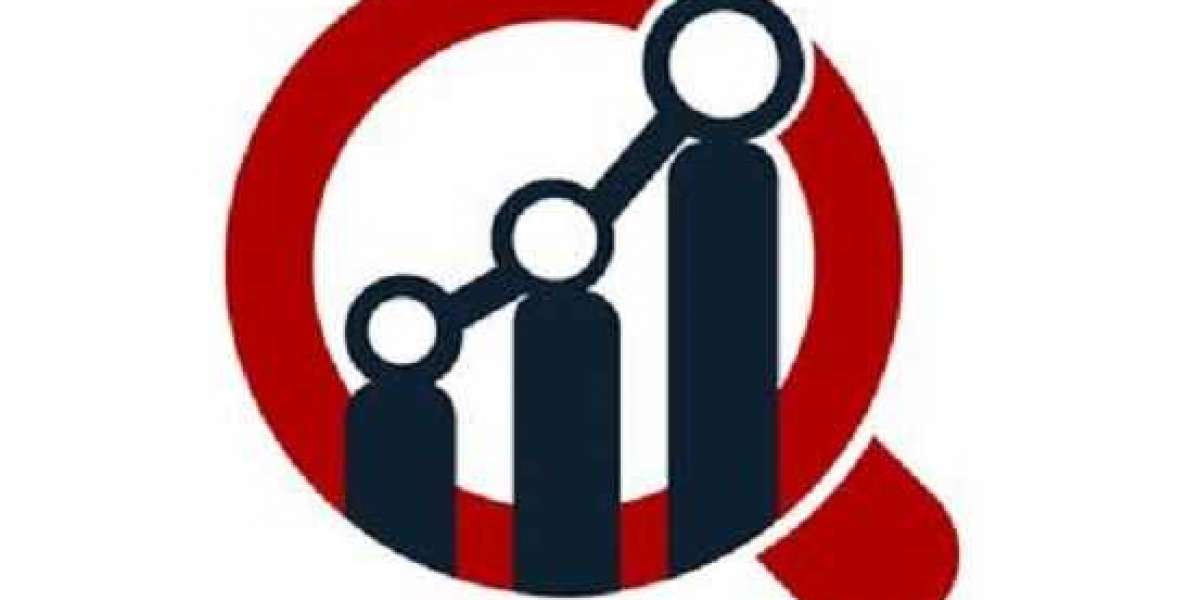The Role of Office Surveillance Cameras in Workplace Security
In today’s dynamic work environment, office surveillance cameras have become a critical component of security and safety measures. These cameras are employed in various settings—from corporate offices and retail spaces to industrial facilities—serving multiple purposes that enhance overall operational efficiency and employee safety.
Purpose and Benefits of Office Surveillance Cameras
Deterrence of Theft and Vandalism: One of the primary purposes of surveillance cameras in offices is to deter theft and vandalism. The visible presence of cameras discourages potential offenders from engaging in criminal activities, protecting both company property and employee belongings.
Monitoring Employee Behavior: Surveillance cameras allow management to monitor employee behavior, ensuring that workplace policies and standards are upheld. This monitoring can help reduce instances of harassment, ensure productivity, and foster a safe working environment.
Enhanced Safety and Security: Cameras provide an added layer of security, especially in high-traffic areas. They can monitor access points, ensuring that only authorized personnel enter sensitive areas. In emergencies, footage can assist in understanding the events that transpired, aiding in effective response strategies.
Improving Customer Experience: In retail environments, surveillance cameras can monitor customer interactions and employee behavior. This information can be used to enhance customer service, identify training needs, and improve overall operational efficiency.
Remote Monitoring: Modern surveillance systems often come equipped with remote monitoring capabilities, allowing business owners and managers to view live footage from anywhere using smartphones or computers. This feature provides peace of mind and enables swift action if suspicious activity is detected.
Types of Office Surveillance Cameras
CCTV Cameras: Closed-circuit television (CCTV) cameras are commonly used for general surveillance in office environments. They can be stationary or pan-tilt-zoom (PTZ) cameras that provide a wide field of view.
IP Cameras: Internet Protocol (IP) cameras transmit video data over the internet, allowing for higher resolution images and more flexible installation options compared to traditional CCTV systems.
Dome Cameras: These cameras are often used in retail and office spaces due to their discreet design. They are less obtrusive and can be mounted on ceilings to cover wide areas.
Hidden Cameras: In certain situations, businesses may use hidden cameras for specific monitoring needs, although this practice raises ethical and legal considerations that must be addressed.
Legal Considerations and Privacy Concerns
While surveillance cameras can enhance security, their use raises important legal and ethical considerations. Businesses must adhere to local laws and regulations governing surveillance, which may include: شركات كاميرات مراقبة
Notification Requirements: Employers may be required to inform employees and visitors about the presence of surveillance cameras through signage or company policies.
Data Protection: Organizations must ensure that recorded footage is stored securely and accessed only by authorized personnel. Compliance with data protection laws, such as the General Data Protection Regulation (GDPR) in Europe, is crucial.
Balancing Monitoring and Privacy: Employers should establish clear policies that balance monitoring for security with respect for employee privacy. Excessive surveillance or monitoring in personal spaces, such as restrooms or break rooms, is generally considered unacceptable.
Challenges and Best Practices
Implementing an office surveillance system is not without its challenges:
Costs: High-quality surveillance systems can be costly, requiring significant initial investment and ongoing maintenance expenses.
Technological Complexity: Advanced surveillance systems may require technical expertise for installation and maintenance. Organizations must ensure they have the necessary skills in-house or partner with reputable service providers.
Employee Trust: Surveillance can create a culture of mistrust if not implemented transparently. Open communication about the purpose of surveillance and how data will be used can help build trust among employees.
Future Trends
The landscape of office surveillance is evolving rapidly, with several trends shaping its future:
AI Integration: The incorporation of artificial intelligence in surveillance systems enhances capabilities, allowing for real-time alerts, facial recognition, and behavior analysis.
Cloud-Based Solutions: Cloud storage for surveillance footage provides greater flexibility and scalability, enabling organizations to easily manage their security needs.
Increased Focus on Employee Well-Being: As workplaces prioritize employee well-being, surveillance technology may evolve to monitor environmental conditions (e.g., air quality, lighting) alongside security.
Conclusion
Office surveillance cameras play a crucial role in enhancing security, ensuring employee safety, and protecting company assets. While their implementation comes with challenges, the benefits often outweigh the drawbacks when managed ethically and transparently. As technology continues to advance, businesses must adapt to new trends and best practices, ensuring that their surveillance measures effectively promote a secure and productive work environment.







